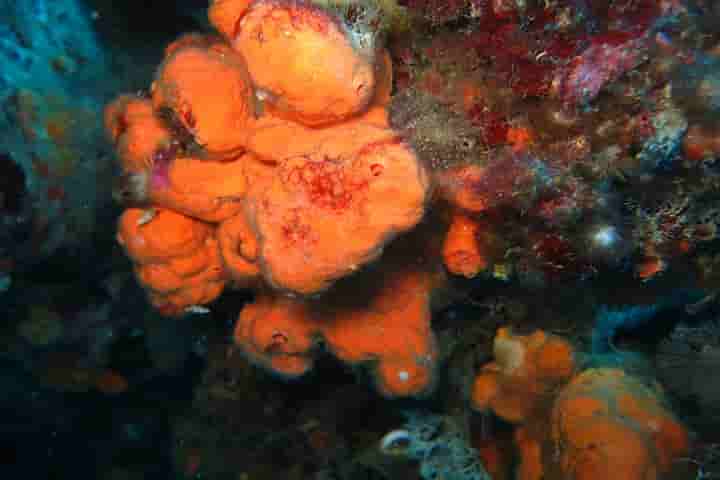It happened when Elizabeth Turner, as a graduate student, more than 20 years ago, studying fossilised microbial reefs forged out rocks in lemon size from cliff faces located in Northwest Territories of Canada.
She sawed these rocks into slivers 30-micron thick, and examined them under the microscope. Turner was amazed to find in about five of the slices, a large number of slender squiggles that definitely did not resemble microbes. According to Turner: “It just didn't fit. The microstructure was too complicated. And it looked to me kind of familiar.”
Even though she had an idea what it was, as a student then she didn’t want to cause a stir. Following more trips to that place and many others talking about fossils which were similar, Turner who is at Laurentian University working as field geologist decided to reveal her discovery.
The stones hammered out by her were sponge fossils and were 890 million years old. Thus they are the earliest prehistoric creatures humankind has found so far.
According to smithsonianmag.com, Turner’s findings were published in Nature on July 28 and it reveals that even when the earth was far from hospitable for complex life, animals had turned up.
Supporting Turner, Joachim Reitner, a geobiologist at University of Gottingen also feels that the fossils are sponges. “It's a big step forward,” he stated. The reason being the complexity of the craggy curlicues does not suggest other bacterial or fungal candidates and so as per him “we have no other choices.”
Even though their appearance may support, the sponges are animals – multicellular organisms that do not have the cell walls of plants but can produce sperm.
Living on one place in a river or bottom of the ocean throughout their life, they survive by feeding on organic matter like bacteria which they obtain from 120,000 gallons of water per pound of tissue they sieve up daily. Basically, as filter feeders their body has a network of hollow channels through which water can circulate in and out.
The fossils found by Turner were keratosan demosponge which reminds one of their present-day descendants and quite like the sponges available in stores which are stiff but springy.
They belonged to the time when Rodinia, the supercontinent, which encompassed all the modern continents had broken up. These sponges had, according to Turner, in all likelihood placed themselves in the nooks and corners of reefs of photosynthesizing cyanobacteria.
With very little availability of the precious oxygen, these sponges according to her lived near the microbial oxygen producers to ease their life. Surviving the next millions of years, they carried through the Cryogenian period, which is called the Snowball Earth when the complete globe was overrun by glaciers turning it frigid.
Turner’s sponges, besides being survivors of a period when oxygen was lacking, also double the age of the next oldest evidence of sponges. For MIT’s geobiologist Roger Summons it is not surprising since their age matches with the evolutionary timeline suggested by genomic data.
The study of the genetics of modern day sponges traces back their origins to billion years ago according to Summons, which matches with the age of Turner’s keratosan sponge fossils.
Summons observed: “There's a history of life encoded into the genes of everything that's currently on the planet, and the genomic data doesn’t lie. I'm totally comfortable with the age on the report.”
With the limited evidence of pale streaks, there are some who do not agree. Paleobiologist Nick Butterfield of Cambridge University, who was not part of the study team, said there have been several claims like this in the past which have proved wrong. He added that had sponges been there 890 million year ago, they would have changed the earth.
Countering this, Turner suggests that sponges were sparse and required more time to proliferate the seafloor. She said: “They hung around for quite a long time living in [a] particular environment, where they were happy.” She added that maybe they were late bloomers, requiring millions of years before they became common as they are today.
Whatever be the conclusion, one thing can’t be ignored is that sponges are extraordinary.
Turner observed: “They're all over the place, and they're totally underappreciated. Who cares about Tyrannosaurus? Who cares about even fish—and definitely not mammals; but sponges are really where it's at.”
She wishes that her discovery spurs discussion on them and also new research in the field. “Understanding the weird earlier expressions of life on Earth—that's so much more fascinating than understanding the younger, more familiar ones.”




















